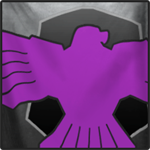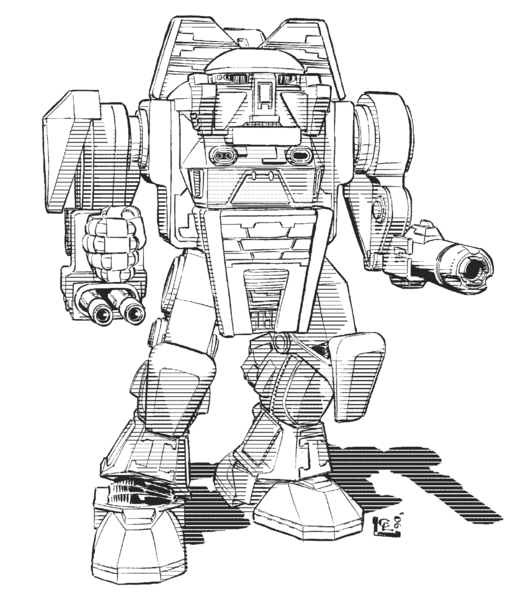 Jin Ma, on 21 February 2015 - 08:36 PM, said:
Jin Ma, on 21 February 2015 - 08:36 PM, said:
I don't see how they would resize the texture without losing fidelity. They might remap it. But thats probably at least as much work as doing the texture in the first place
Just want to comment on these. I'm not familiar with CryEngine, but familiar with Maya, Blender, 3DS. It is generally correct that it is simple to scale an object to whatever size you want prior to rigging. But depending on the object and complexity of rigging, it does not mean that you can scale an object post-rigging (its a case by case basis - could be possible).
Now think of the components that have to fit each hard point. The AC/UAC, MG, LAS, PLAS, PPC, GAUSS, etc variations of mounts that would be loaded on the mech. To keep continuity, an AC-20 shouldn't look like an AC-5 on a Shadowhawk compared to an Atlas. Regardless of the scale, some components cannot be scaled. What if the Grid Iron's hunch couldn't fit the AC-20 or Gauss after rescaling? It would have to be remodeled so it could fit (more fine tuning model adjustments which takes time.)
Texturing is a different beast altogether. Textures are typically flat mapped images applied to the surface. So take the example of the catapult example. If you scale it down by 22% and scale the texture down by 22% it will most of the time line up. (You could even leave the texture at full resolution anyways and let the renderer scale it down, but let's assume you scaled it down for the sake of optimizing the texture for size/performance.)
Also note that textures that go from large to small can preserve quality, while going from small to large will blur the details of the art depending on how much its enlarged.
The other example of the Centurion is different because its proportion is different. You usually can't adjust a texture that is out of proportion by stretching/condensing it to fit without the texture itself looking stretched/condensed. In this case, it would be better to start the texture over and salvage what you can.
After rigging & textures, the next problem is integration into the game engine. Whether scaled or altered, collision mechanics would need to be adjusted, hit boxes adjusted, hard point locations on the model adjusted. You probably can't just scale these down. Think if you have an AC20 coming out of that Centurion and it is scaled down to the size of AC-5, it doesn't keep proportion with the rest of the game.
Then there's time spent on game balancing (holy, its hard to hit the new catapult because its so tiny compared to before, but it carries those dual gauss, new meta etc. etc.) so the total time involved is more than just scaling a few models.
I would imagine that each mech for these changes and testing is probably around 70+ hours per mech scaled and then tweak time. Let's say over 6-12 months, another 50-70 hours from all parties involved. It adds up very quickly, and they probably don't make much money on redoing old content as they do releasing new content.
If its not broken enough, don't fix it. As a community, best bet would be to put together a kick starter to contribute money to go to PGI to make it worthwhile for them to fix the mechs while concentrating on the bottom line. All the people who agreed to the change, put a little money where their desires are. Just realize to change existing mechs takes time (potentially unprofitable time for PGI), and would probably need $30-50k of TLC to get up to date and make us happy.
That's probably the best truth of the situation I can think of.
 Jin Ma, on 21 February 2015 - 08:36 PM, said:
Jin Ma, on 21 February 2015 - 08:36 PM, said:
 Jin Ma, on 21 February 2015 - 08:36 PM, said:
Jin Ma, on 21 February 2015 - 08:36 PM, said:
 Jin Ma, on 21 February 2015 - 08:36 PM, said:
Jin Ma, on 21 February 2015 - 08:36 PM, said: Praetor Knight, on 20 February 2015 - 09:18 PM, said:
Praetor Knight, on 20 February 2015 - 09:18 PM, said:

 Helaton, on 24 February 2015 - 02:19 PM, said:
Helaton, on 24 February 2015 - 02:19 PM, said: Tennex, on 24 February 2015 - 04:39 PM, said:
Tennex, on 24 February 2015 - 04:39 PM, said: